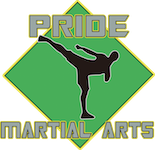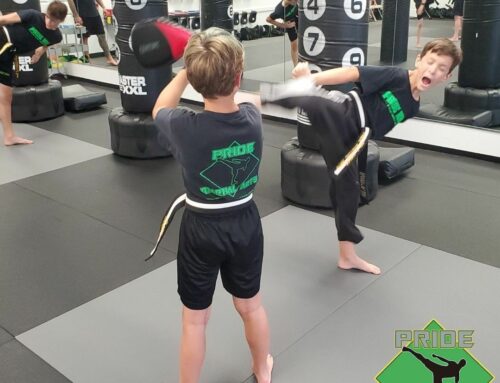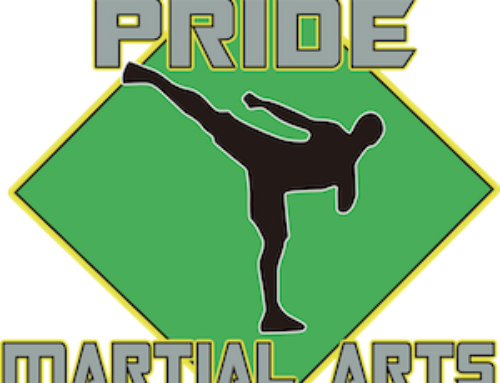Tae Kwon Do is more than just a martial art; it’s a journey of self-improvement and discipline that benefits both body and mind. With its origins in Korea, Tae Kwon Do is known for its dynamic kicks and powerful techniques. It offers countless advantages, including improved physical fitness, enhanced mental focus, and increased self-confidence. However, as with any new endeavor, starting Tae Kwon Do can come with its own set of challenges that beginners often face.
For many new students, entering the world of Tae Kwon Do might be exciting yet intimidating. Beginners frequently encounter stumbling blocks that can disrupt their progress and enthusiasm. Whether it’s mastering the foundational stances, remembering complex patterns, or simply overcoming the fear of sparring, these hurdles can be daunting. The aim here is to guide beginners through common issues they face and provide practical solutions to help them navigate these initial challenges smoothly.
Common Beginner Mistake: Incorrect Stance
In Tae Kwon Do, the stance forms the backbone of every move. A proper stance provides balance, power, and precision, allowing practitioners to execute techniques effectively. However, beginners often struggle with maintaining the right stance, which can hinder their progress and performance.
Common mistakes include standing too upright, having a narrow stance, or misaligning the feet. These errors can lead to unstable movements and ineffective techniques. To help beginners get their stances right:
- Keep your feet shoulder-width apart: This helps maintain balance and provides a strong base.
- Bend your knees slightly: This increases flexibility and readiness to move.
- Align your hips and shoulders: Proper alignment aids in executing movements efficiently and protects against injury.
- Notice your weight distribution: Ensure your weight is evenly distributed for better control and maneuverability.
By focusing on these key points, beginners can establish a solid foundation in their practice, which is crucial for advancing in Tae Kwon Do.
Difficulty Remembering Patterns (Forms)
Patterns, also known as forms or poomsae, are an integral part of Tae Kwon Do training. These sequences of movements are designed to develop precision, power, and flow. However, for many beginners, remembering and executing these patterns can be quite challenging.
Beginners often struggle due to the complexity and length of the patterns, which require both mental focus and physical skill. But there are strategies to make this aspect more manageable:
– Break it down: Divide the pattern into smaller segments and practice each separately before putting them together.
– Consistent practice: Repetition helps embed the movements in memory. Short, daily practice sessions are more effective than sporadic long ones.
– Visualize the steps: Mentally picturing the sequence can strengthen understanding and recall.
By adopting these methods, beginners can improve their ability to remember and perform patterns, enhancing their overall Tae Kwon Do experience.
Balancing Training With Rest
Achieving balance between training and rest is key for both beginners and advanced practitioners in Tae Kwon Do. It’s easy to get caught up in the excitement and dive straight into rigorous training, but this approach can lead to burnout or even injury. Overtraining can actually hinder progress, making you feel exhausted and more prone to mistakes in practice. An ideal balance helps ensure your body recovers and grows stronger from your workouts.
To create a balanced training schedule, consider the following tips:
– Set aside rest days: Schedule regular rest days to allow your muscles to recover.
– Rotate focus areas: On different days, concentrate on varying parts of Tae Kwon Do, like strength, flexibility, and technique, to prevent overuse injuries.
– Listen to your body: Pay attention to signals like fatigue and soreness, and adjust your training accordingly.
– Incorporate light activities: On rest days, include light activities like walking or stretching to aid in recovery without putting stress on your body.
Finding the right mix of training and rest ensures you remain healthy and capable of learning new skills with energy and enthusiasm.
Overcoming Fear of Sparring
Sparring can be a daunting aspect for beginners, especially if one’s never been in a live confrontation before. It involves practicing techniques against a partner in a controlled environment, and while it might seem intimidating, it’s a crucial part of learning defense and offense effectively.
Beginners often feel nervous due to fear of making mistakes or getting hit. However, approaching sparring with the right mindset can transform it from a source of fear into a tool for growth. Consider these strategies to ease sparring apprehensions:
– Focus on learning rather than winning: Treat each sparring session as a learning opportunity rather than a contest.
– Communicate: Discuss any concerns with your sparring partner to set a comfortable pace and intensity.
– Set small goals: Concentrate on improving specific techniques or movements each session instead of worrying about the sparring outcome.
– Practice relaxation techniques: Use breathing exercises to stay calm and centered during sparring.
By seeing sparring as an opportunity to hone skills instead of a test, your confidence will naturally increase, making the entire training experience more rewarding.
Improving Flexibility
Flexibility plays a substantial role in executing the kicks and movements unique to Tae Kwon Do. However, beginners often grapple with tightness and stiffness, which can limit their range of motion and the effectiveness of their techniques.
The key to improving flexibility is regular and targeted stretching exercises. Here’s a simple approach to get started:
– Incorporate dynamic stretching: Before training, use light aerobic activities that gently move your muscles through their range of motion.
– Static stretching post-workout: After training, focus on static stretches to increase your flexibility and aid in muscle recovery.
– Prioritize consistency: Just like any other skill in martial arts, flexibility improves over time with consistent effort.
Developing flexibility enhances your Tae Kwon Do practice, making movements smoother and less prone to injury.
Staying Committed to Your Tae Kwon Do Journey
As you traverse the path of Tae Kwon Do, it’s essential to remain patient and dedicated. Every martial artist faces unique hurdles, but overcoming these challenges defines the journey. Remember: It’s not just about perfecting each move but rather about personal growth and resilience.
While you may encounter missteps, each experience feeds into your development. With commitment, patience, and the right guidance, you’ll find that these obstacles become smaller stepping stones towards greater mastery. Keep your spirit strong, practice regularly, and maintain a mindset open to learning.
In time, you’ll not only refine your skills but also gain a deeper understanding of yourself and the art of Tae Kwon Do. Your journey is as valuable as any title or accomplishment, and as you grow, your strength and perseverance will truly shine.
Unlock a new level of skill and personal achievement with Tae Kwon Do at Pride Martial Arts Academy. Whether you’re perfecting your kicks or pushing past sparring fears, dedicated training opens doors to growth and confidence. Check out our programs to find a session that fits your schedule and helps you take that next step in your martial arts journey.






